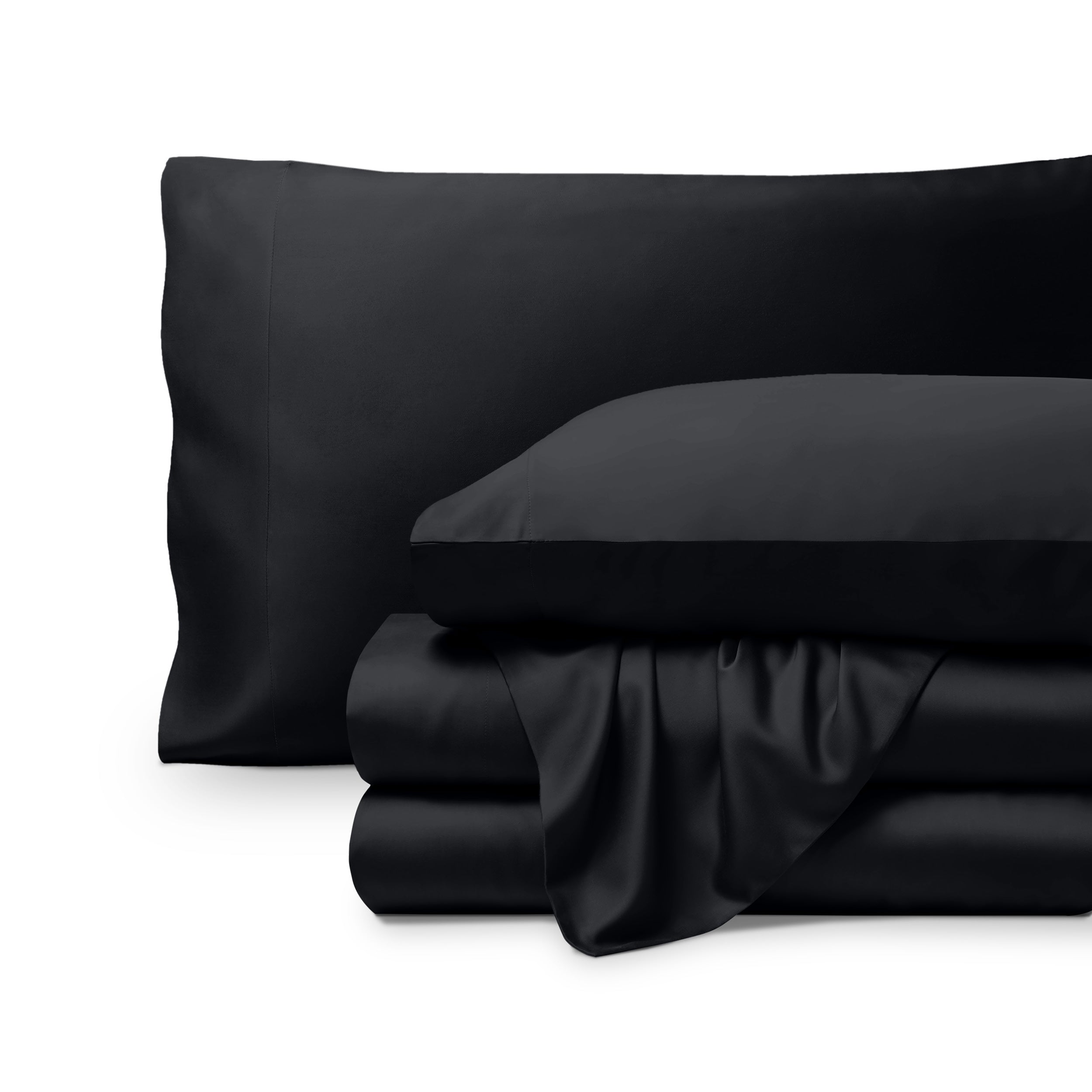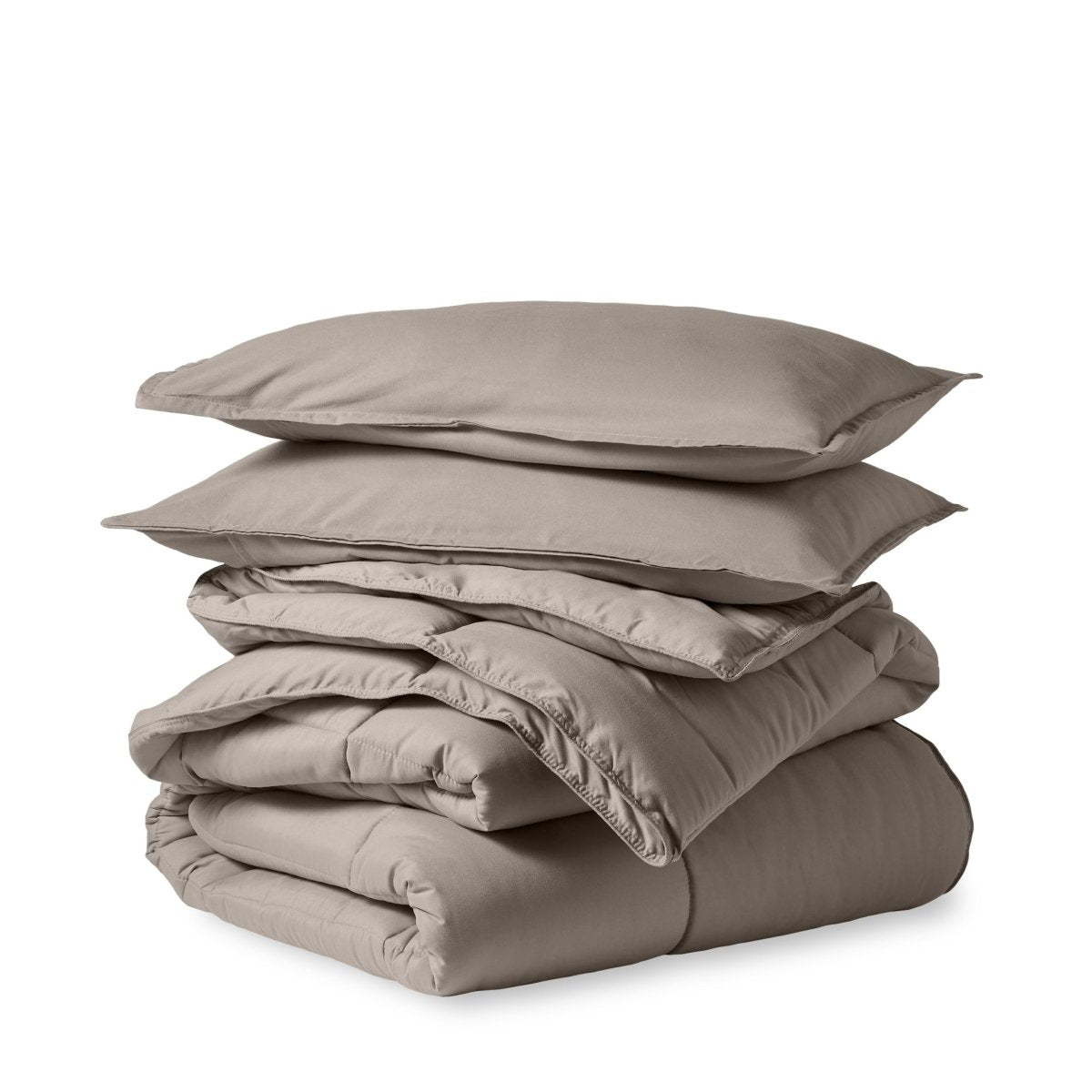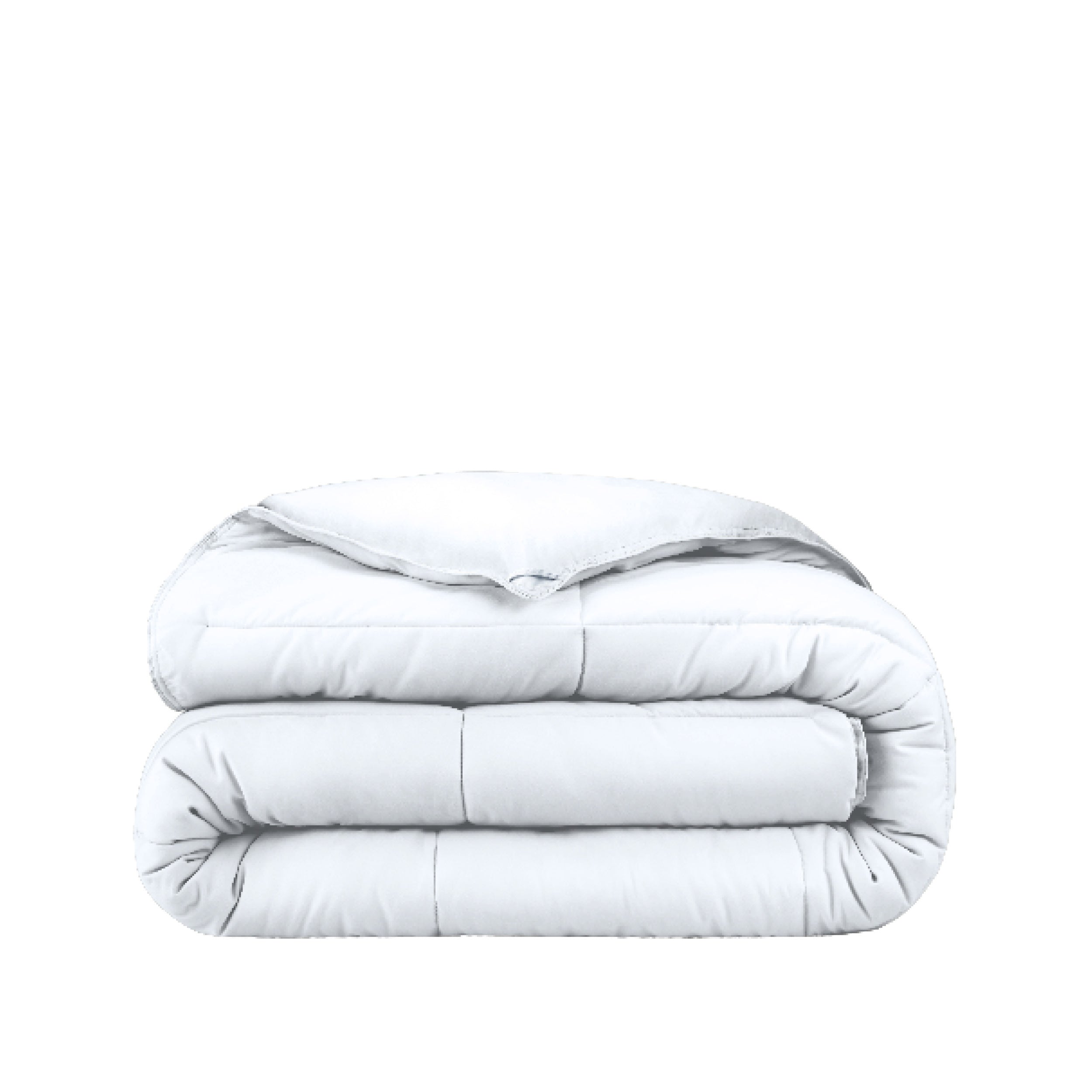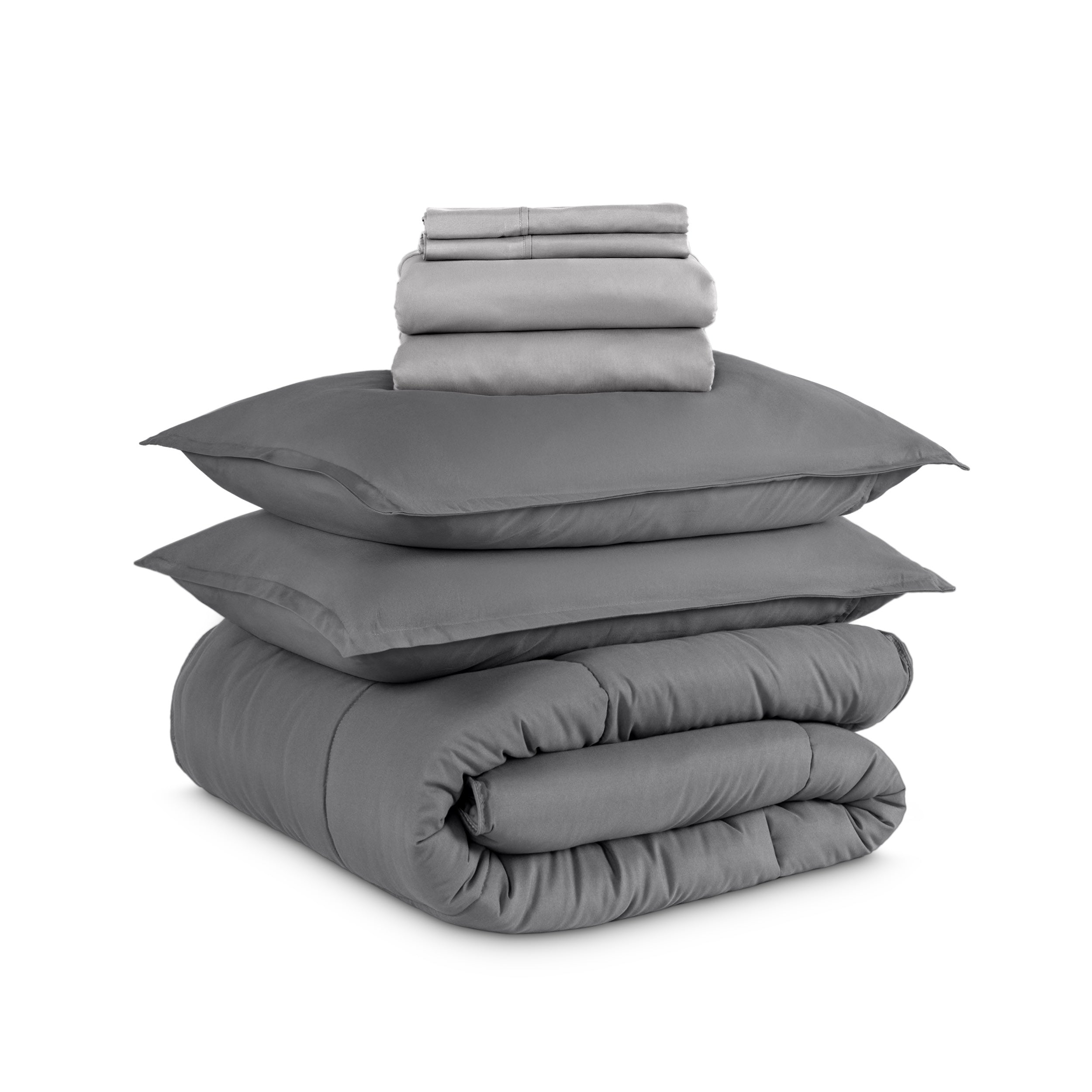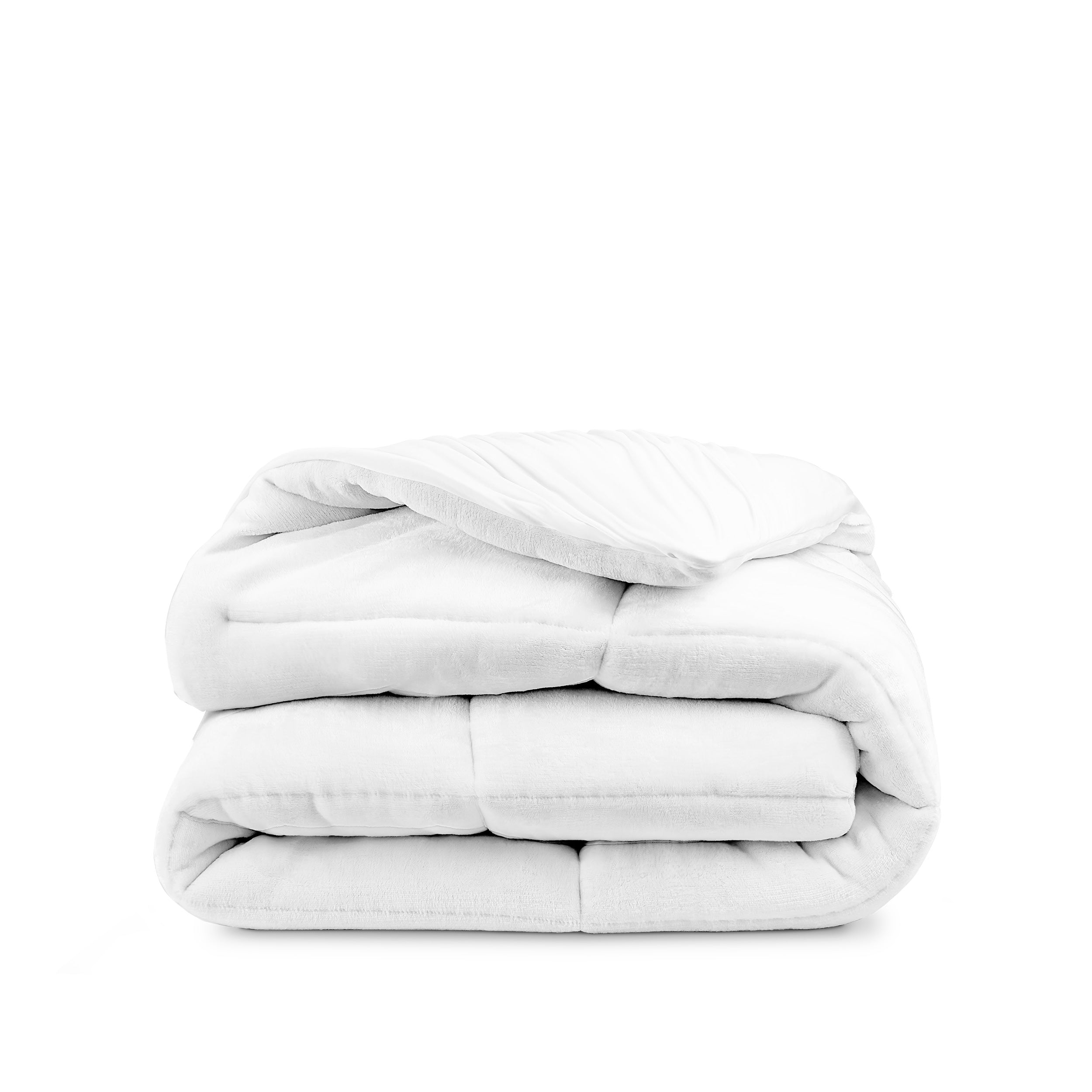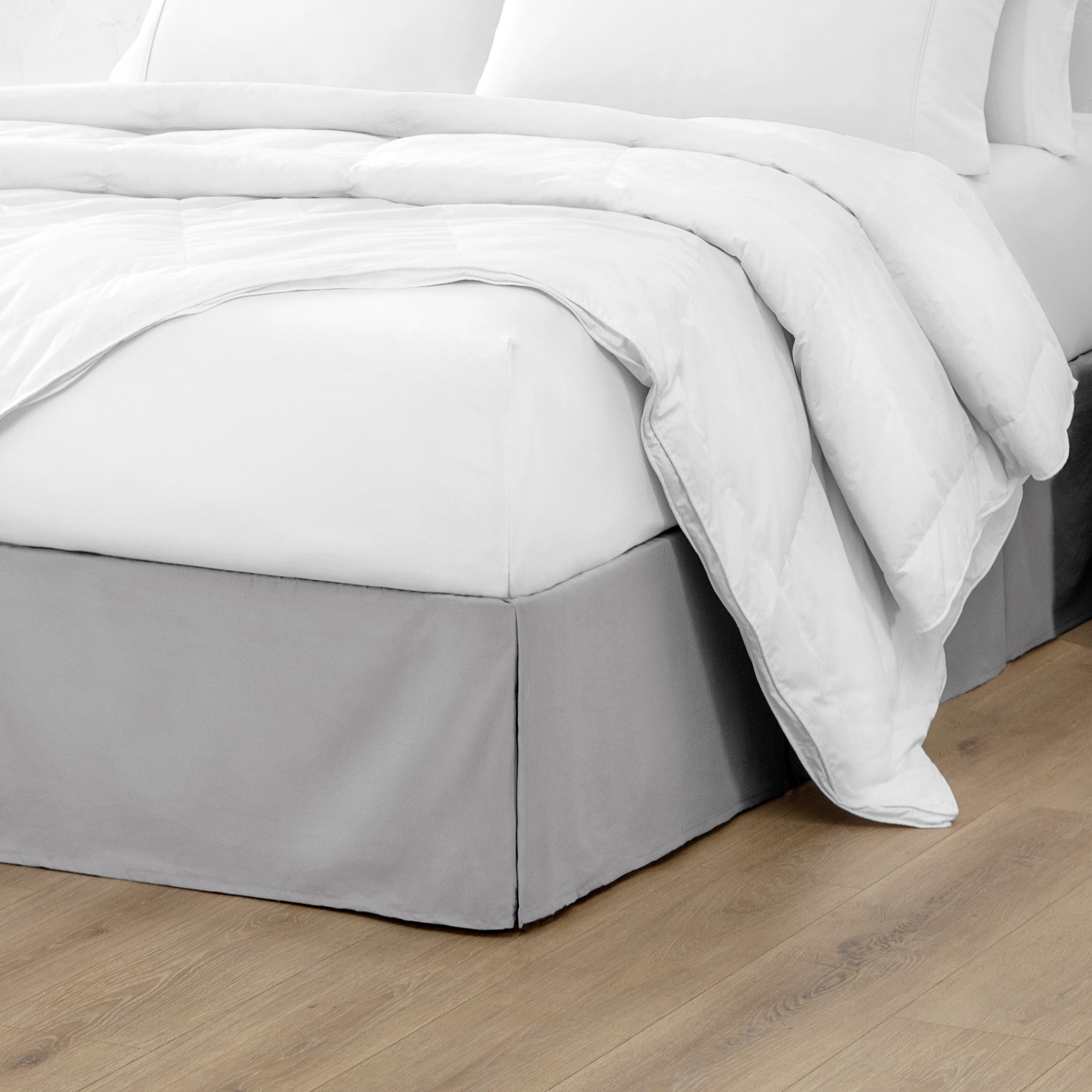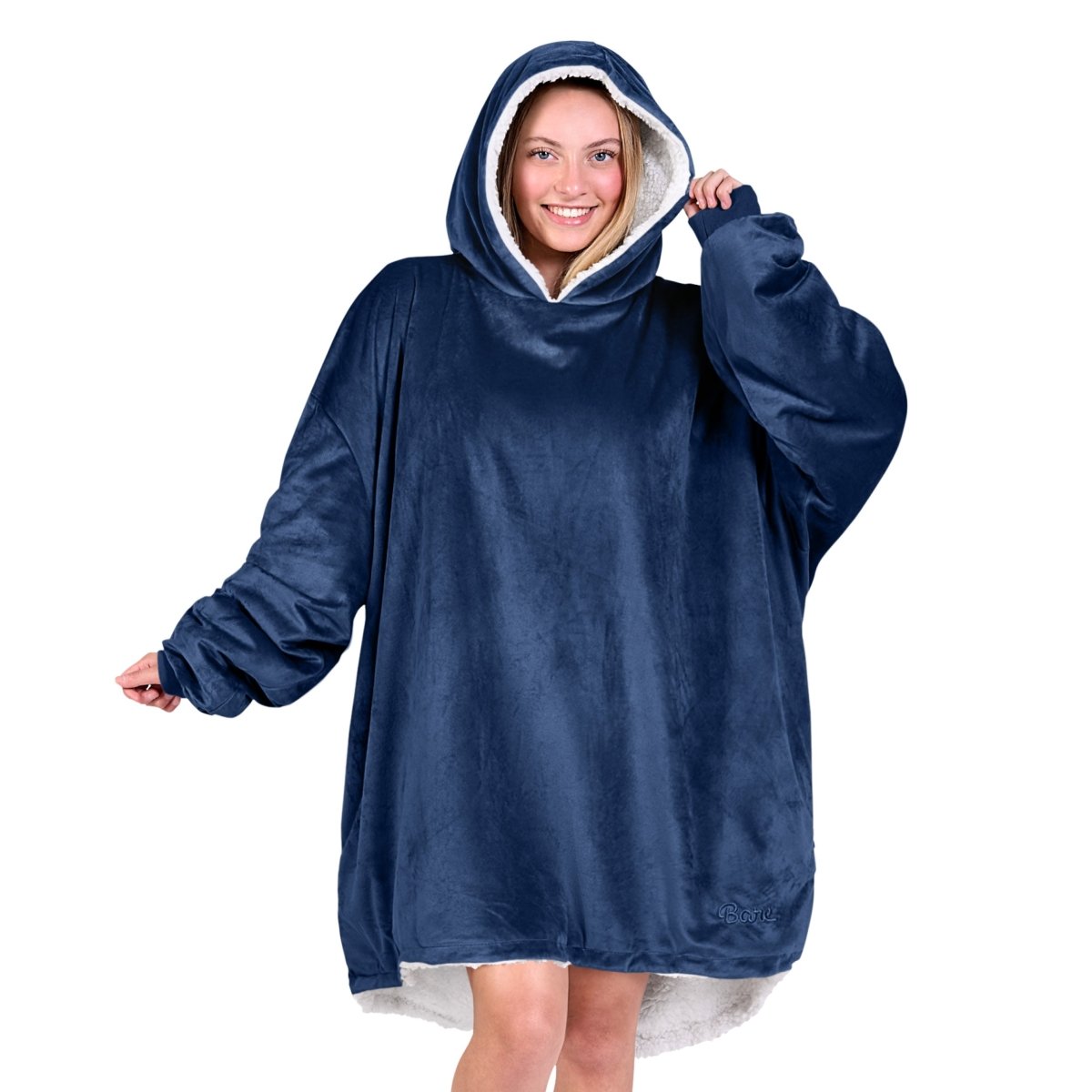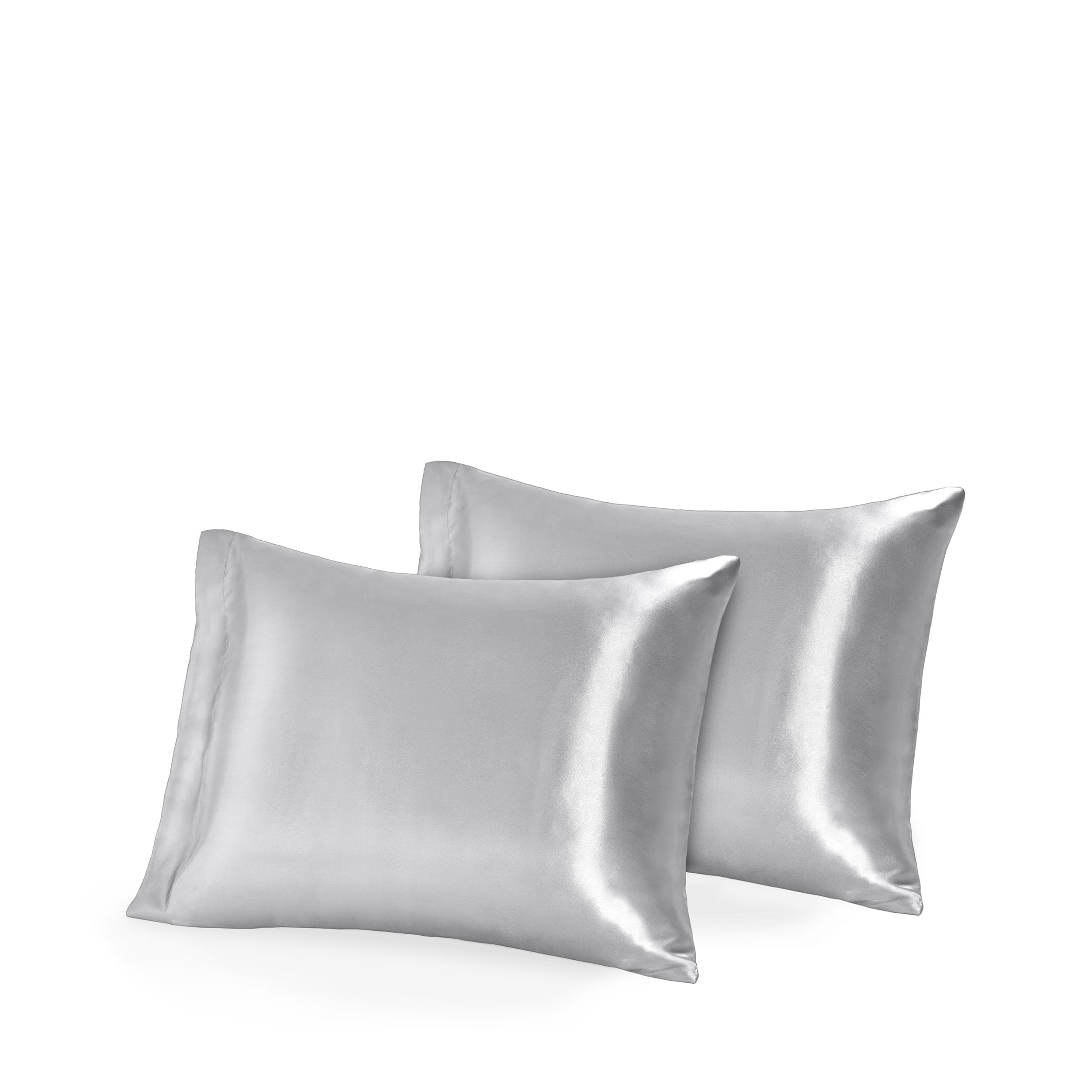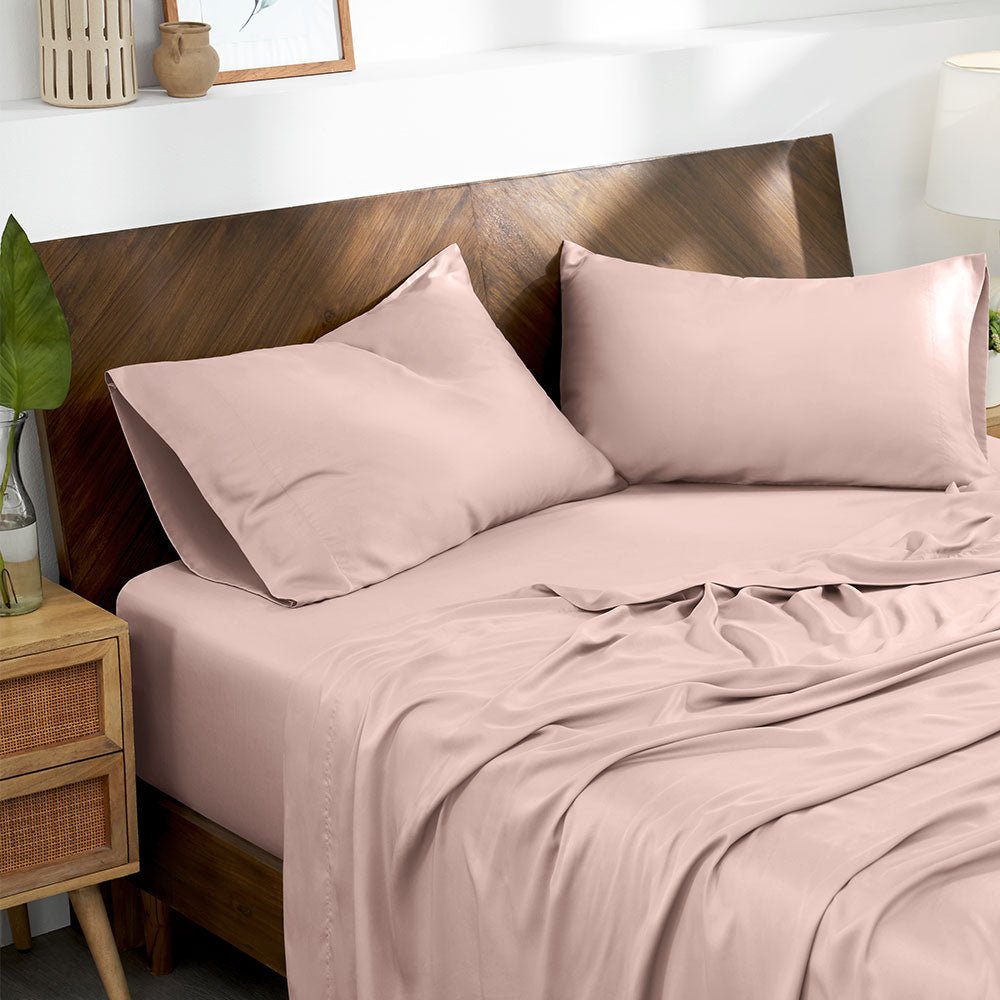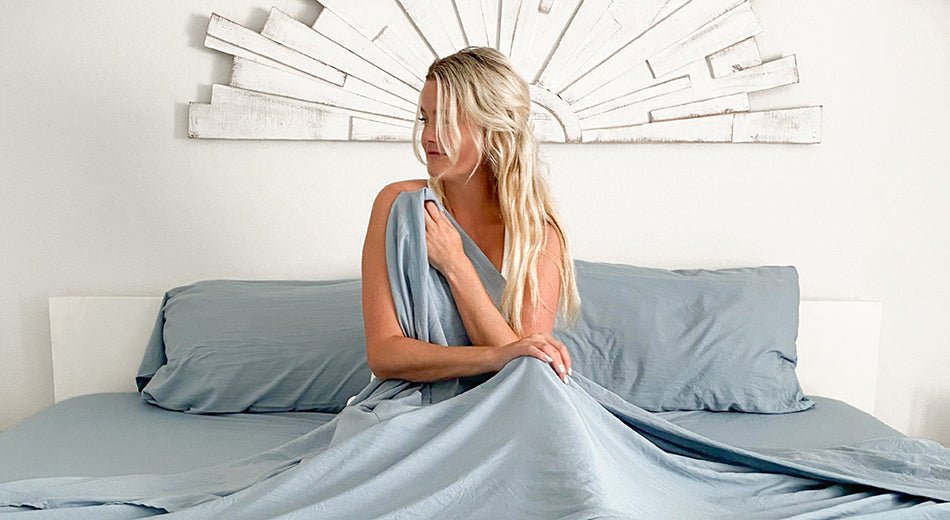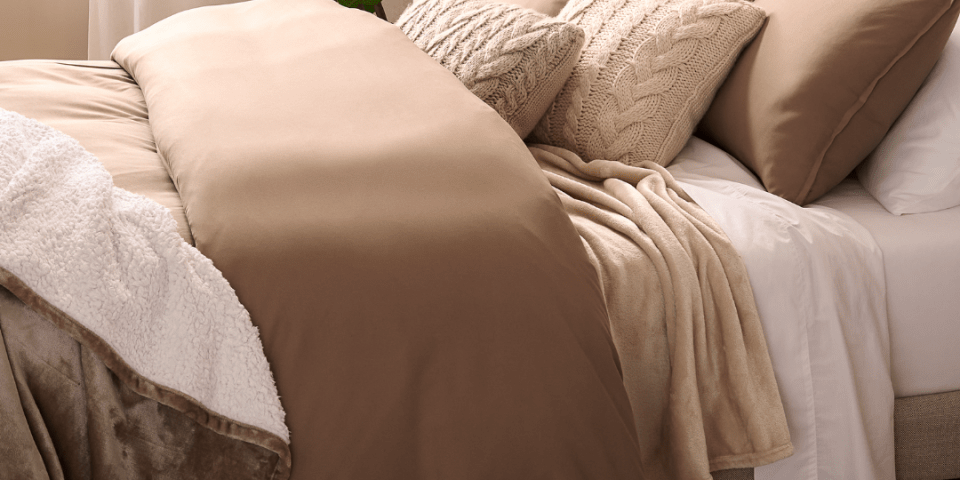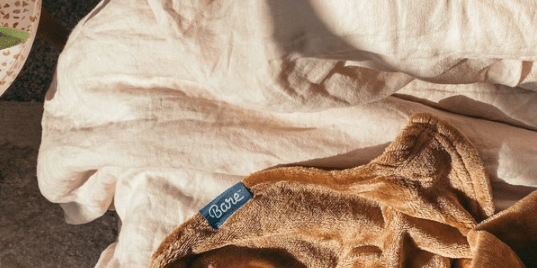Some people choose carefully what colors to wear to match their moods; others unconsciously select colors that express how they're feeling. Colors are ubiquitous in our lives, and often we don't even realize how powerful they can be in affecting our emotions. This is especially true with blue, a color that has been shown to have a plethora of effects on the human psyche.
In this blog post, we'll explore the history and meaning of the color blue and look at some of the ways it has been used in art and design over the years. We'll also show how you can use blue to create a relaxing and uplifting mood in your own home. So, don those blue jeans, pop on that Robert Johnson vinyl, and read on.

Blue Color Meaning & Metaphor
Blue is one of the most popular and versatile colors in the world. It can be associated with a wide range of emotions, from sadness and depression to hope and happiness. Different cultures have their own color symbolism, as we will see.
In the Western world, blue is often associated with calmness and serenity. It is the color of the sky and the ocean, both of which can be seen as peaceful and calming. Blue is also often used to describe melancholy or sadness, as in the phrase "feeling blue."
In many cultures, blue has a variety of different meanings. In China, for example, blue is associated with immortality and heaven. It is also the color of the Chinese dragon, which is a powerful and benevolent figure. In Native American culture, blue is seen as a sacred color and is often used in ceremonies and rituals.

Combining blue with a heathered pattern is one way to add a bit of depth and interest to your space. Shown: Microfiber Hydro-Brushed Sheet Set in heather blueberry
From Dark Blue to Ultramarine, An Evolution
The color blue has been used by cultures throughout history for a variety of purposes. Egyptian blue, also known as ultramarine blue (or "true blue"), was used by the Egyptians over 2200 years ago to create beautiful works of art. The intense blue color was derived from Lapis Lazuli, a semi-precious stone found in Afghanistan.
In the 18th century, Prussian blue was developed as a pigment for use in paint and fabric dyes. This striking shade of blue became very popular and was used extensively by artists such as Picasso during his famous blue period.
More recently, Yves Klein developed his own shade of blue, which he referred to as "the world's first imaginary color." Today, the color blue continues to be used in a wide range of applications, from cosmetics to medical imaging.

The Color Blue in Nature
One of the most beautiful colors in nature is blue. Blue gemstones are some of the most prized possessions in the world. Sapphires, blue diamonds, and lapis lazuli are all coveted for their stunning blue hues.
But blue isn't just found in gemstones. In fact, blue is one of the most common colors in the natural world. Both the sky and the ocean are blue because of the way sunlight reflects off particles in the atmosphere.
blue flowers, such as blue irises and blue roses, are also highly coveted. And bluebirds are some of the most beautiful and popular birds in North America. And let's not forget about that singular blue food: blueberries. Ultimately, blue is a color that helps us appreciate the beauty of nature.

Blue in Art
The color blue has been used in art for centuries, and it has been associated with a wide range of emotions and symbolic meanings. Often, blue represents sadness or melancholy, as in Van Gogh's "Starry Night." Alternatively, blue can be used to create a feeling of calm and serenity, as in Monet's "Water Lilies."
Picasso's blue period was a time when the artist experimented with blue pigments in his paintings. He was inspired by the blue gemstones he saw in the jewelry of his contemporaries. The blue period lasted from 1901 to 1904 and is characterized by somber and melancholic paintings. Picasso's blue period paintings are some of his most famous, and they continue to inspire artists today.
Although many people associate blue with certain emotions, blue is also used to represent concepts such as truth and justice. For example, the United States Flag is primarily composed of the colors red and white, with blue serving as a symbol of justice and liberty. In art, the color blue can therefore convey a wide range of messages and ideas.
 Cozy up with sheets in a saturated midnight blue. Shown: Organic Cotton Jersey Sheet Set in dark blue.
Cozy up with sheets in a saturated midnight blue. Shown: Organic Cotton Jersey Sheet Set in dark blue.
Metaphysical Meaning
The calming, peaceful properties of blue can also take on a more mystical meaning. In the tarot, blue represents clarity of thought, wisdom, and truth. It is often associated with the element of water, which itself is associated with emotions and intuition.
In other metaphysical disciplines, blue may represent communication, protection, and healing. It is the color of the Throat Chakra, which is associated with communication and self-expression. As such, it is often seen as a positive, supportive color.
Superstitions around the color blue vary widely. In some cultures, blue is thought to ward off bad spirits or protect against the evil eye. In others, it is a lucky color.
Some believe that wearing blue clothing can help you to avoid bad luck, while others believe that it is bad luck to wear blue. Whatever the superstition, it is clear that the color blue has a powerful hold on the human imagination.
 A plush, pillowy sky blue duvet set paired with white sheets evokes the peaceful feeling of a summer afternoon. Shown: Sandwashed Microfiber Duvet Set in dusty blue.
A plush, pillowy sky blue duvet set paired with white sheets evokes the peaceful feeling of a summer afternoon. Shown: Sandwashed Microfiber Duvet Set in dusty blue.
Color Theory & Interior Design
In the world of color psychology, blue is often seen as a calming hue that can help to reduce anxiety and stress. It is no coincidence that blue is one of the most popular colors for bedrooms and bathrooms. Blue is also believed to lower blood pressure and heart rate, making it a popular choice for hospitals and doctor's offices.
In addition to its physical effects, blue is also known to boost concentration and productivity. That's why so many offices are painted blue, and why blue is often the color of choice for classrooms and school uniforms. Despite its association with sadness and loneliness, when used in moderation, the color blue can help to create a sense of balance and harmony.
Conclusion
The color blue has long been associated with a wide range of emotions and symbolism. It can be used to represent sadness, calmness, truth, justice, and more. Blue is also often seen as a mystical color that can have positive effects on the mind and body.
In interior design, blue is often used to create a calming and relaxing atmosphere. Whether you're looking to add a pop of color to your home or drawn to the calming effects of blue, there are endless ways to incorporate this versatile hue into your life.

